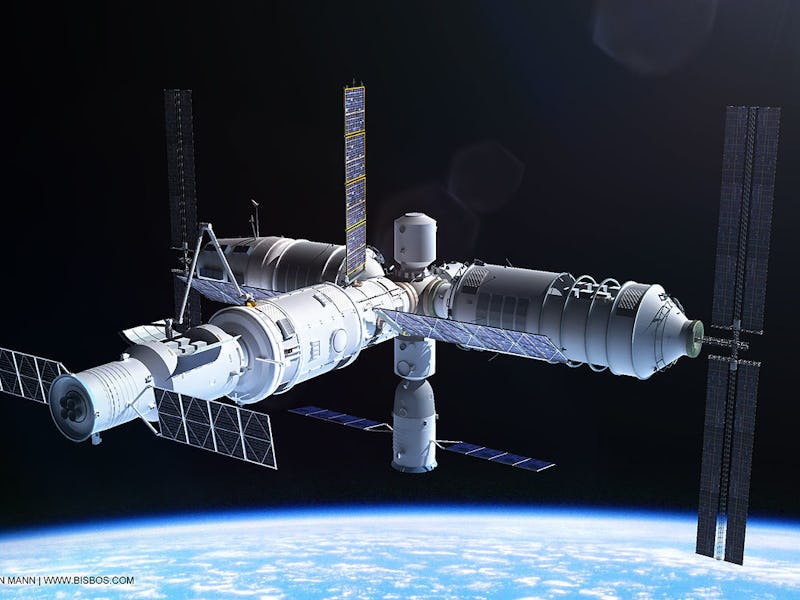China Gets Serious About its Space Farming Experiments

China just wrapped up its longest crewed space mission and brought back a pair of the countrys astronauts after a month-long stint aboard the recently launched Tiangong-2 space station. The mission was a way to test out the stations equipment and mechanisms, but also set up the first part of a slew of different scientific experiments. This payload included germinated seeds of thale cress — a flowering plant used extensively in space-based botanical research that could help usher in a whole new world of space-based agriculture.
Why thale cress? Let’s back up a bit and explain what makes the plant so prime for normal, ground-based research first. The species known by its scientific name of Arabidopsis thaliana was the first plant to ever have its entire genome sequenced, way back in 2000 when genetics was finally progressing in a field of science with the potential to completely transform biology as we know it. Even before that, thale cress was poplar as a model organism for use in biological research.
With one of the smallest genomes among all plant species, thale cress is very easy to manage and modify, making it a flexible tool for studying plants in space and microgravity. It’s got a short life span (50 days for germination to maturation of seeds), so experiments can run fairly quickly.
And that’s critical — if deep space travel is going to open up to the rest of the world and become a normalized part of humanity’s future, we’ll need to perfect how to grow our own food up in space.
We cannot avoid the issue of growing crops and vegetables, if we want to live on Mars. Only when we grow plants well in space, can we go deeper into space,” Zheng Huiqiong, chief scientist in charge of plant research on Tiangong-2, told Chinese state media.
Already, researchers from the University of Wisconsin-Madison, the University of Florida, and others have developed experiments to run aboard the International Space Station, and understand how thale cress grows and how its gene expression changes in a microgravity environment or under lower oxygen levels. The primary goal among most current thale cress space research is to better understand how reproduction and seed production occurs. The hope is to take those results and apply them to augmenting food—producing crops to optimize them for vegetable growth in space.
The Tiangong-2 experiment seems to have gone well so far — with some thale cress plants already blooming during their stay in space. Samples were brought back to Earth with the return of the two astronauts, and those samples and their seeds will be studied carefully in the next several weeks.
Another plant experiment is also currently underway on the space station — rice production. Several different rice plants are also being grown in incubators. That experiment is expected to go out for another six months or so, making it China’s longest plant-growing experiment in space. Already, some rice samples have grown as much as 10 centimeters.
Though China still lags behind the United States when it comes to space agriculture research, the country is catching up fast. The incuabators that house the rice and thale cress on Tiangong-2 are controlled remotely — making it easier for ground crews to run the experiment on their own and not rely so heavily on human astronauts
It remains to be seen exactly what kinds of gains come directly from the thale cress that has come down to Earth, but certainly the rest of the world will want to keep a close look.